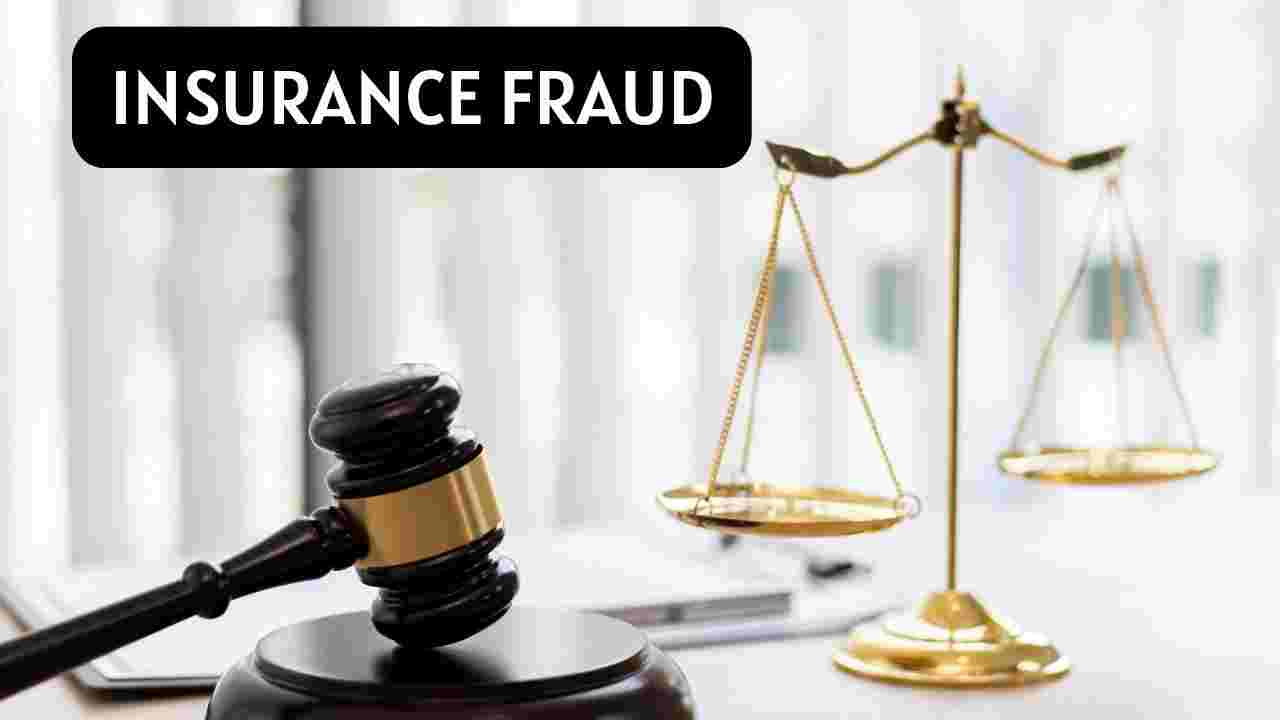Introduction:
Insurance fraud poses a significant challenge to the insurance industry, leading to increased costs and compromised customer trust. Understanding the various types of insurance fraud, its implications on the industry, and the measures taken to combat fraudulent activities is crucial. In this comprehensive guide, we will delve into the intricacies of insurance fraud, explore its ramifications, and examine the ongoing efforts to tackle this pervasive issue.
I. What is Insurance Fraud?
Insurance fraud refers to any deceptive or dishonest activity committed with the intention of obtaining financial gains from an insurance company through false or exaggerated claims. It takes various forms and can target different insurance types, including health, auto, property, and life insurance.
II. Types of Insurance Fraud:
a) Health Insurance Fraud: Healthcare fraud involves billing for services not rendered, exaggerating medical conditions, or providing unnecessary treatments to claim higher reimbursements from insurers. Additionally, policyholders may deliberately withhold crucial medical information during application to secure lower premiums.
b) Auto Insurance Fraud: Automobile insurance fraud occurs when policyholders stage fake accidents, intentionally damage their vehicles or inflate repair costs to claim higher compensation from insurers. Fraudulent medical claims for fictitious injuries are also common in this context.
c) Property Insurance Fraud: This type of fraud involves misrepresenting property value, inflating the extent of damages during claims, or deliberately causing damage to property to file fraudulent claims for financial gains.
d) Life Insurance Fraud: Life insurance fraud entails concealing vital information, such as pre-existing health conditions or dangerous habits like smoking, during the policy application process. This misinformation allows policyholders to secure lower premiums, which can lead to financial losses for insurers when claims are filed.
III. Impact on the Insurance Industry:
The prevalence of insurance fraud has significant consequences for the insurance industry, policyholders, and even the general public.
a) Increased Premiums: Insurance companies incur substantial financial losses due to fraudulent activities, leading to a rise in premiums for all policyholders. Honest individuals end up paying more to compensate for the losses caused by fraudsters.
b) Erosion of Trust: Insurance fraud erodes trust between policyholders and insurance providers. When customers suspect that fraudulent claims drive higher premiums, they may become skeptical about the value of insurance and the integrity of the industry.
c) Strained Resources: Insurers need to allocate resources to investigate and combat fraudulent activities. These efforts divert funds and time away from improving customer service and enhancing coverage options.
d) Impact on Legitimate Claimants: Insurance fraud investigations can sometimes delay the processing of legitimate claims, causing frustration and inconvenience for honest policyholders seeking rightful compensation.
IV. Combating Insurance Fraud:
Efforts to combat insurance fraud involve a multi-pronged approach that includes preventive measures, detection mechanisms, and stringent legal actions against perpetrators.
a) Data Analytics and AI: Insurance companies are leveraging data analytics and artificial intelligence to identify suspicious patterns and behaviors that could indicate potential fraud. By analyzing large datasets, insurers can pinpoint irregularities and prioritize investigations accordingly.
b) Collaboration with Law Enforcement: Close cooperation between insurance companies and law enforcement agencies enhances fraud detection and investigation capabilities. Sharing information and resources leads to more effective identification and prosecution of fraudsters.
c) Public Awareness and Education: Raising public awareness about the consequences of insurance fraud and the importance of reporting suspicious activities encourages community involvement in identifying fraudulent claims.
d) Special Investigation Units (SIUs): Many insurance companies establish SIUs dedicated to investigating and combating fraud. These specialized teams possess the expertise and resources to tackle complex fraudulent cases.
V. Conclusion:
Insurance fraud presents a serious challenge to the insurance industry, affecting legitimate policyholders and leading to increased costs for everyone involved. By understanding the different types of insurance fraud and the impact it has on the industry, we can appreciate the significance of ongoing efforts to combat these deceptive activities. Leveraging advanced technologies, fostering collaboration, and promoting public awareness are essential steps toward curbing insurance fraud, safeguarding the industry's integrity, and providing honest policyholders with the protection they deserve.

